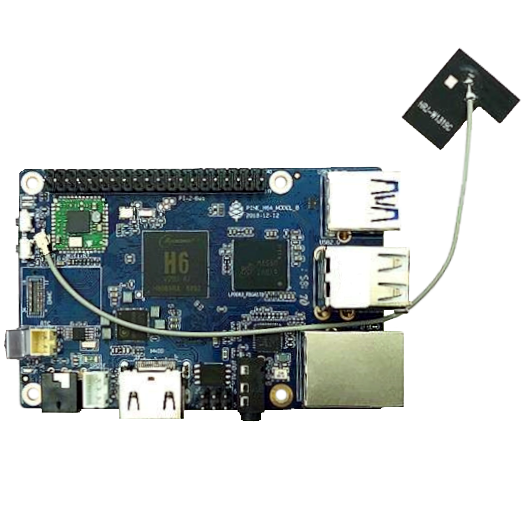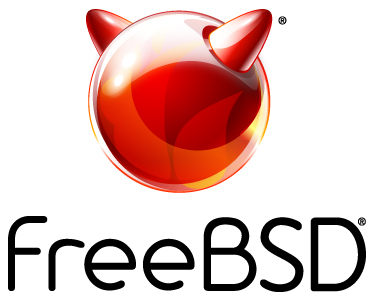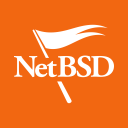PINE H64
The PINE H64 Model B is a Single Board Computer by PINE64. It is powered by an Allwinner “H6” Quad-Core ARM Cortex A53 64-Bit Processor with a MALI T-722 GPU. The PINE H64 is equipped with up to 3GB of LPDDR3 PC-1600 system memory and 128Mbit of SPI boot Flash. There is also an optional eMMC module (up to 128GB) and a microSD slot for booting. The board is equipped with an onboard 802.11n Wifi/BT chipset, one USB 3.0 host port, two USB 2.0 host ports, Gigabit Ethernet, a PI-2 GPIO bus, an Euler GPIO bus as well as many other peripheral device interfaces such as UART, SPI, and I2C.
Versions
There are two types of PINE H64 models:
- PINE H64 Model A (discontinued)
- PINE H64 Model B (this page)
Software Releases
The following releases are for the PINE H64 Model B
Linux
Armbian
- Armbian provides a mainline kernel build images for Debian Buster, Debian Bullseye and Ubuntu Focal.
- Two image varieties are offered: server (no desktop environment) or light desktop use (XFCE).
- To find out more about Armbian and available options, including download links and torrents for disk images, please visit their page for the H64 model B
Manjaro ARM
- Installing and using from Manjaro x64 repositories:
- In your Desktop Environment use the Package Manager and search for manjaro-arm-tools and install.
- Or in the Terminal use sudo pacman -S manjaro-arm-tools to install the package.
- Then in the Terminal use sudo buildarmimg -d pine-h64 -e <your-favourite-de>, but change <your favorite DE> to one from the list of supported DE's:
- minimal
- lxqt
- kde-plasma
- mate
- xfce
- i3
- sway
- gnome (experimental)
- plasma-mobile (experimental)
- phosh (experimental)
- cubocore (not complete yet)
- server (not complete yet, unmaintained)
- To find out more about Manjaro-Arm-Tools and available options please visit their site
DietPi
- DietPi is a lightweight, yet easy to setup and feature-rich Linux distribution, based on Debian.
- To find out more about DietPi, please visit the official documentation.
- Discuss the PINE H64 build on the PINE64 forum thread.
- DD image (for 4 GiB micro SD card and above)
- Login with
- Username: root
- Password: dietpi
LibreELEC
LibreELEC is a "Just enough OS" Linux distribution combining the Kodi media center with an operating system.
Download:
- Daily builds (look for look for LibreELEC-H6.arm-xxx-nightly-xxxxxxxx-xxxxxxx-pine-h64-model-b.img.gz]
Notes:
- Supports microSD card and eMMC boot
BSD
FreeBSD
FreeBSD aarch64 images (microSD boot)
- To learn more about FreeBSD, please visit FreeBSD main page.
- See general information about FreeBSD on Allwinner ARM and specific details about creating a microSD card for the PINE H64
NetBSD
NetBSD Community Build (microSD boot)
- To learn more about NetBSD please visit NetBSD main page
- DD image to microSD card or eMMC module. Highly recommend using Etcher
- Console and SSH default login:
- username: root
- password: [none]
- Instructions concerning enabling SSH can be found here
SoC and Memory Specification
- Based on Allwinner H6
CPU Architecture
- Quad-core ARM Cortex-A53 Processor@1488Mhz
- A power-efficient ARM v8 architecture
- 64 and 32bit execution states for scalable high performance
- Trustzone technology supported
- Support NEON Advanced SIMD (Single Instruction Multiple Data) instruction for acceleration of media and signal processing function
- Support Large Physical Address Extensions(LPAE)
- VFPv4 Floating Point Unit
- 32KB L1 Instruction cache and 32KB L1 Data cache
- 512KB L2 cache
GPU Architecture
- ARM Mali T-720MP2 Dual-core GPU
- Supports OpenGL ES 3.1/3.0/2.0/1.1, OpenCL 1.2/1.1
- Supports ATSC (Adaptive Scalable Texture Compression)
- Supports FAST(4x)FSAA, IO Coherency
- Floating point operation greater than 70 GFLOPS
System Memory
- RAM Memory Variants: 1GB, 2GB, and 3GB LPDDR3.
- Storage Memory: PINE H64 boards have built-in 128Mb SPI Flash memory, use bootable eMMC module, bootable microSD Cards or USB attached storage.
Board Features
Video
- Digital Video 4KP60 (Type A - full)
Audio
- 3.5mm stereo earphone/microphone plug
Network
- 10/100/1000Mbps Ethernet
- WiFi 802.11 b/g/n/ac with Bluetooth 4.0/4.1
- MHF1 RF coaxial connector for external BT/wifi antenna
Storage
- microSD - bootable, support SDHC and SDXC, storage up to 256GB
- USB - 1 USB3.0 Host port and 2 USB2.0 Host port
Expansion Ports
- RTC - Real Time Clock Battery Connector
- Wifi/BT Module Header - SDIO 3.0 and UART
- 2x20 pins "Pi2" GPIO Header
- 3x3 pins "EXT" Header giving console, power switch and reset switch access
Console
- The console UART is available on the 6-pin header connector between the HDMI and headphone jacks. The pins are on the front row, closer to the board's edge: TX, RX, GND, from left (HDMI) to right (headphone).
- The default standard is 8,n,1 at 115200bps.
Information, Schematics and Certifications
- Board Dimensions: 85mm x 56mm x 18.8mm
- Input Power: DC 5V @ 3A, 3.5mm OD/ 1.35mm ID DC jack connector
PINE H64 board schematics:
PINE H64 Model B certification:
Datasheets for Components and Peripherals
- Allwinner H6 SoC information:
- X-Powers AXP805 PMU (Power Management Unit) information:
- LPDDR3 (178 Balls) SDRAM:
- eMMC information:
- SPI NOR Flash information:
- Ethernet PHY information:
- Wifi/BT module information:
- Remote control button mapping
Mali-T720 driver
Here is a good DRM powerpoint presentation by Free Electron: https://free-electrons.com/pub/conferences/2017/kr/ripard-drm/ripard-drm.pdf
Here is the DRM video presentation by Free Electron: https://www.youtube.com/watch?v=LbDOCJcDRoo
32-bit Wayland MALI Driver:
- MALI EULA document
- MALI-T720 32-bit server binary driver and binary download
- MD5: F2186A4CAE505A76E0758735886FE682
- File Size: 3.4MB
- MALI-T720 32-bit client binary driver and binary download
- MD5: F316A78AFABE87E69C8F816D18F15D68
- File Size: 3.4MB
64-bit Wayland MALI Driver:
- MALI EULA document
- MALI-T720 64-bit server binary driver and binary download
- MD5: 13CC8DCB7CF068D80DFC16281E95E9D7
- File Size: 5.0MB
- MALI-T720 64-bit client binary driver and binary download
- MD5: 951BAD6ED66D4CB904CFE0D65F2855E8
- File Size: 5.0MB
Linux BSP SDK
Linux BSP Kernel 4.9
- Direct Download from pine64.org
- MD5 (TAR-XZ file): 06B675B1C217D4CC6A21FF320DA250C1
- File Size: 5.04GB
Android SDK
Android Pie 9.0 SDK version 1.0
- Direct Download from pine64.org
- MD5 (TAR-XZ file): 734B4DBB03CAF82A4E955F7E83DE0C65
- File Size: 29.14GB






